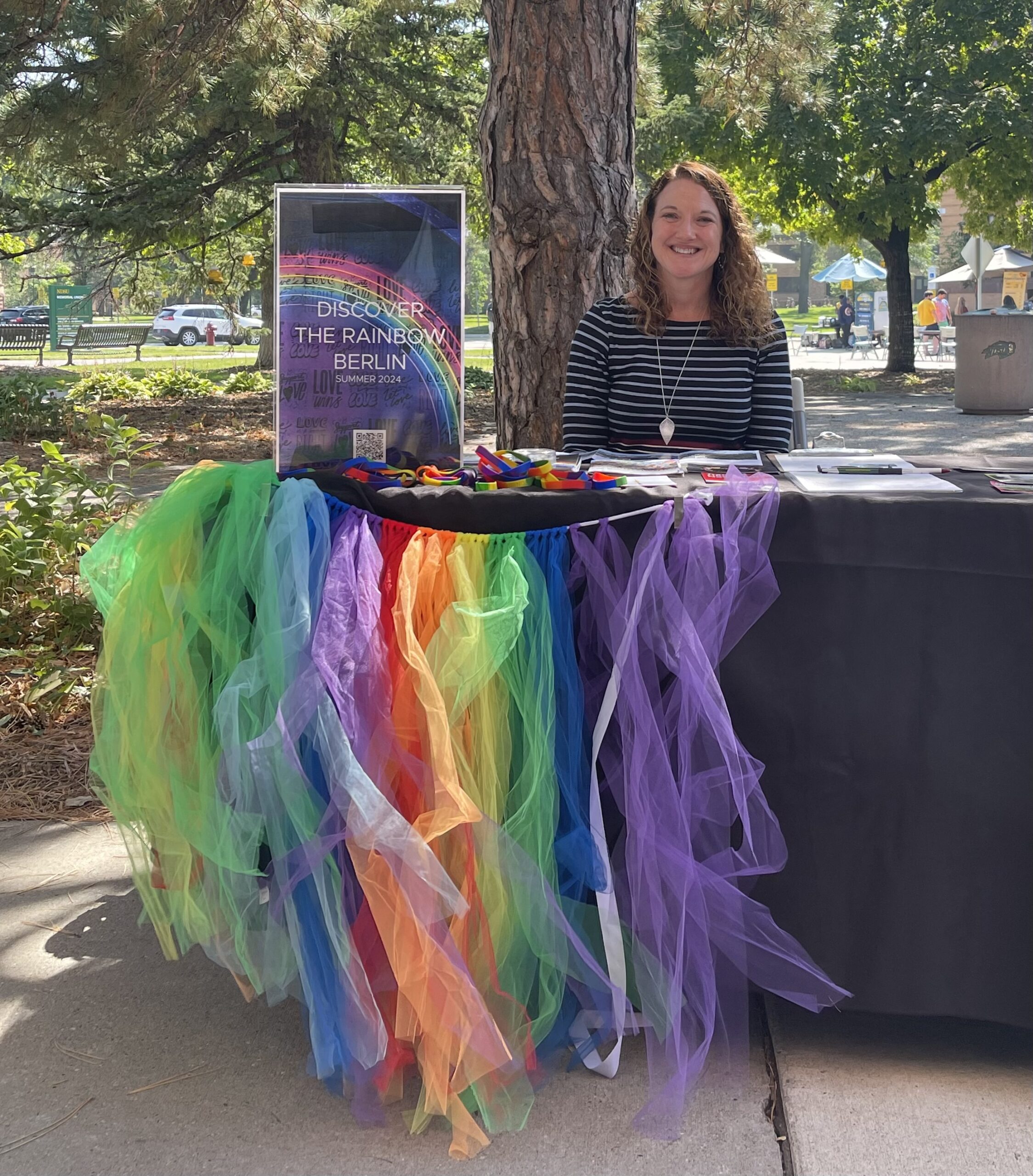Cultural diversity, inclusiveness, and equity in the classroom are all on the rise. With more Latinex, African-American, and Asian students than white pupils, U.S. public schools achieved the minority-majority milestone in 2014 as researched by the National Center for Education Statistics.
According to U.S. Census estimates, more than half of the country’s population will be people of color in 2044, indicating that this trend will probably continue. It is more crucial than ever for academics to include culturally responsive training in the classroom given the diversity and multiculturalism of our society.
Students of diverse religions, economic backgrounds, sexual orientations, gender identities, and linguistic origins are also included in the growing variety among students; it is not just a matter of color and ethnicity.
All students benefit from promoting inclusiveness, raising awareness of intercultural education, and approaching instruction with cultural sensitivity. Increasing multicultural understanding and inclusion not only promotes acceptance and helps kids flourish in a world with increasing diversity, but it also helps students with varied origins and needs to achieve as found by Wells, Fox, and Cordova-cobo in 2017.
Teachers have a fantastic opportunity to learn how to foster happy learning environments in the classroom within North Dakota State University such as social, emotional, and behavioral wellness programs. These programs can also provide the groundwork for understanding how to support diversity in the classroom.
The writer interviewed Bison students regarding professors who stood out as supporters of diversity, inclusion, and equity, whether this included the content of their syllabi, how they created a welcoming classroom environment, or their involvement on campus in fostering multiculturalism and diversity.
Dr. Christi McGeorge, a professor and scholar at the College of Health and Human Science, was highlighted as a significant academician who plays a key role in the university’s practical support of civil rights, diversity, inclusion, equity, and particularly in embracing an inclusive environment and an international curriculum for queer students.
In lectures for Global Seminar and Diversity and Multiculturalism in Individual and Family Life, McGeorge emphasized that “diversity and inclusion is a fact of life, so it is our responsibility to provide concepts in the classroom and elsewhere that reflect diversity.” Professors shouldn’t be discouraged from broadening their classroom and discussions to be more inclusive, represent more different viewpoints, and reflect the experiences of diverse students, despite the fact that sometimes fear of making mistakes can prevent difficult talks about diversity and inclusion.
According to McGeorge, “The authority of alternative voices challenges the ignorance created by privilege. In fact, I am growing convinced that not having to consider or even be aware of different points of view is a defining feature of white privilege and supremacy.”
This ought to be covered in the conversation and education process.
Students should be given the opportunity to consider issues like gender identity, sexual orientation, socioeconomic status, language, race, and religion. This will promote further learning and the development of a strong viewpoint based on real understanding.
Professors have a moral responsibility to teach students with the utmost objectivity, so they can understand the moral foundations of the values that form the basis of their worldviews. Students frequently assume they understand their motivations but often don’t. Therefore, the battle to live up to one’s values is worthwhile. Students benefit from self-confidence and tranquillity that are fundamentally different from those who haven’t addressed opposing beliefs boldly because they don’t react out of phobia, as can be seen on their faces and in their tone of voice.
With these responses, students develop empathy, improve behavioral health, and acquire a greater knowledge of the material and other people, an open mind, a sense of confidence, security with individuals from different cultures, a tolerance for all, and a better awareness of how to function in a varied and inclusive society, workplace. This all leads to the creation of a healthier population.
It is important to remember why diversity, inclusiveness, and cultural understanding are so important in the classroom and beyond, as well as the benefits they can have on students now and in the future. Diversity education exposes children to many cultural and social groups, preparing them to be better citizens in their communities. If we want to inspire students to think and act internationally, we as a people and society including teachers must show them what these talks look like in various places and languages.
We must broaden the dialogue, so it is not just about learning about the book but also about learning from one another and how different views might alter how we approach an idea, topic, or historical event.
